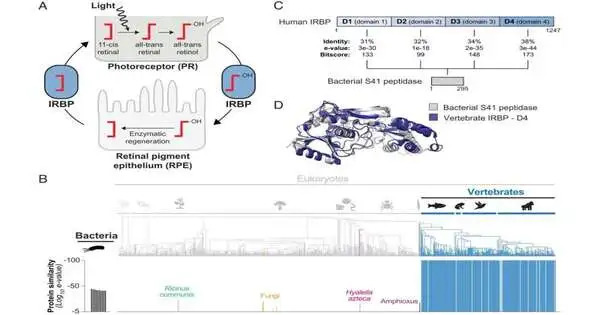According to a team of molecular and chemical biologists from the University of California, San Diego, the development of the eye in vertebrates may have been facilitated by interdomain horizontal gene transfer. In their investigation, published in the Proceedings of the National Academy of Sciences, Chinmay Kalluraya, Alexander Weitzel, Brian Tsu, and Matthew Daugherty used the IQ-TREE program to reconstruct the evolutionary history of genes related to vision.
Even Charles Darwin was said to have been baffled by the question: how could evolution possibly account for the development of something as complicated as the eyeball? This apparent paradox has recently been used by some organizations to attack evolutionary theory as a whole. The team in California set out to find a conclusive solution in this new endeavor.
Their research began with the hypothesis that light-sensitive genes imported from microbes may have served as the precursors of vision in vertebrates. The team used the IQ-TREE program to search for comparable genetic sequences in other creatures, most notably microbes, to determine if that might be the case.
A gene known as IRBP was discovered as a promising contender. It is a protein that is used in humans to convert light into electrical pulses in the eye, which are then transmitted to the brain via the optic nerve. The gene, according to the research team, is crucial for vision in all vertebrates. IRBP is also present in microbes, most notably in the family of enzymes known as bacterial peptidases, which are known for recycling proteins.
The scientists point out that while IRBP and the protein it encodes are present in all vertebrates, they are absent in the majority of invertebrates. This, they contend, suggests that the IRBP gene may have been passed from a microbe to an ancient vertebrate over 500 million years ago, resulting in the evolution of light sensitivity and, later, of organs like eyes.
More information: Chinmay A. Kalluraya et al, Bacterial origin of a key innovation in the evolution of the vertebrate eye, Proceedings of the National Academy of Sciences (2023). DOI: 10.1073/pnas.2214815120





